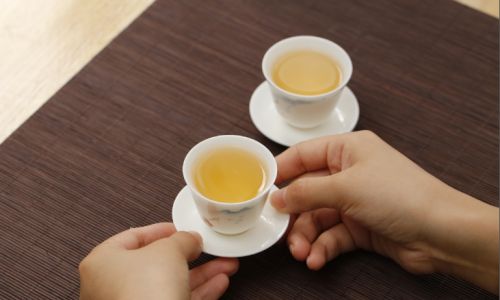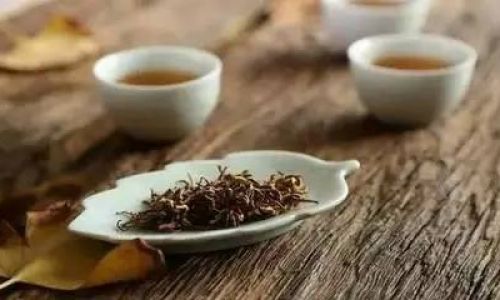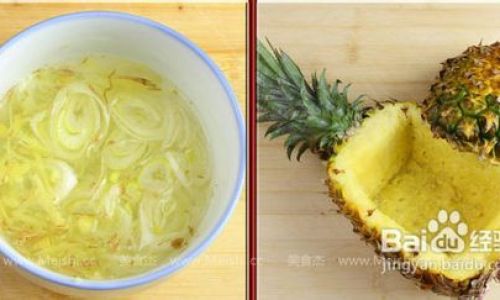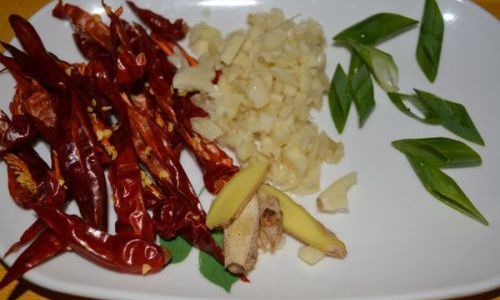Introduction
Tea, a humble brew made from the leaves of the Camellia sinensis plant, has shaped human history, culture, and well-being for millennia. Far more than a mere beverage, it is a symbol of tradition, a catalyst for diplomacy, and a source of spiritual reflection. From the misty mountains of China to the bustling streets of London, tea has woven itself into the fabric of societies, transcending borders, classes, and time. This article explores the multifaceted world of tea—its origins, scientific composition, cultural significance, and enduring legacy—to answer the question: What is tea?
The Origins of Tea: A Mythical and Historical Tapestry
The story of tea begins in ancient China, where legends and historical records intertwine. According to Chinese folklore, tea was discovered in 2737 BCE by Emperor Shen Nung, a herbalist and ruler known as the “Divine Healer.” One afternoon, as he boiled water under a tree, a breeze caused leaves to flutter into his pot. Intrigued by the aromatic brew, he sipped it and found it revitalizing. This chance encounter marked the birth of tea culture.
Archaeological evidence, however, suggests tea consumption dates back even further. In 2016, researchers discovered ancient tea residues in tombs in China’s Shandong Province, carbon-dated to around 2000 BCE. These findings indicate that tea was not merely a medicinal herb but also a ritualistic offering to the deceased, underscoring its spiritual significance.
By the Tang Dynasty (618–907 CE), tea had evolved into a cultural cornerstone. Lu Yu’s The Classic of Tea, written in 760 CE, codified the art of tea preparation, elevating it from a daily necessity to a philosophical practice. The text emphasized mindfulness, simplicity, and harmony—principles that still resonate in modern tea ceremonies.
Tea’s journey westward began in the 16th century, when Dutch and Portuguese traders brought the leaves to Europe. The British East India Company later monopolized the trade, fueling colonialism and globalization. The infamous Boston Tea Party of 1773, where colonists protested British taxation by dumping tea into the harbor, became a pivotal moment in American independence.

The Science of Tea: Botany, Biochemistry, and Brewing
At its core, tea is derived from the Camellia sinensis plant, an evergreen shrub native to East Asia. Two primary varieties exist: sinensis (small-leaved, grown in China and Japan) and assamica (large-leaved, cultivated in India and Africa). The leaves undergo a series of processes—withering, oxidation, rolling, and drying—to produce distinct types of tea.
The oxidation level determines the tea’s category:
- White Tea: Minimally processed, with silvery buds and a delicate flavor.
- Green Tea: Steamed or pan-fried to halt oxidation, preserving grassy notes.
- Oolong Tea: Partially oxidized, offering floral or toasty complexities.
- Black Tea: Fully oxidized, yielding robust, malty profiles.
- Pu-erh Tea: Aged and fermented, with earthy, umami-rich depths.
Tea’s biochemical composition contributes to its health benefits. It contains polyphenols like catechins (antioxidants that combat inflammation), L-theanine (an amino acid promoting relaxation), and caffeine (a mild stimulant). A 2019 study in Nature linked green tea consumption to improved cardiovascular health, while black tea’s theaflavins may support gut microbiome diversity.
Brewing techniques vary by culture. In Japan, the chasen (bamboo whisk) aerates matcha powder into a frothy elixir. In Morocco, fresh mint leaves and sugar are steeped with gunpowder green tea for a sweet, aromatic infusion. The British tradition of “afternoon tea” pairs black tea with milk and sugar, a ritual born in the 1840s to bridge meals.
Tea and Spirituality: Rituals Across Religions
Tea’s role in spiritual practices is profound. In Zen Buddhism, tea ceremonies (chanoyu) embody wabi-sabi—the acceptance of transience and imperfection. Participants sip matcha in silence, focusing on the present moment. The 16th-century monk Sen no Rikyū perfected this ritual, emphasizing humility and respect.
In China, the Gongfu tea ceremony prioritizes precision. Small clay pots brew oolong or pu-erh tea in multiple infusions, each revealing nuanced flavors. The host’s gestures—the angle of pouring, the temperature of the water—convey hospitality and reverence.
Islamic tradition also embraces tea. In Iran, chai (black tea with cardamom and saffron) is served in curved glasses, symbolizing unity. Sufi mystics believe tea’s warmth mirrors divine love, fostering community and introspection.
Tea’s Economic Empire: From Plantations to Global Trade
Tea has driven economies and shaped geopolitics. The 19th-century Opium Wars between Britain and China exemplified this power. When China refused to trade tea for opium, Britain waged war to secure control, eventually cultivating tea plantations in India and Sri Lanka (then Ceylon).

Today, tea remains a global commodity. Kenya, China, and India are the top producers, while countries like Japan and Taiwan specialize in premium artisanal teas. Fair trade initiatives now advocate for ethical sourcing, addressing historical exploitation of laborers.
Tea and Health: Myths vs. Reality
Tea’s purported health benefits have sparked endless debate. Studies suggest green tea may reduce the risk of Alzheimer’s disease, while black tea’s antioxidants could lower cholesterol. However, claims of “detox” teas or extreme weight loss are largely unproven.
Caffeine content varies: a cup of black tea has 40–70 mg, compared to coffee’s 95 mg. Herbal infusions like chamomile or peppermint, often called “tea,” are caffeine-free but derive from different plants.
Modern Tea Culture: Innovation and Sustainability
The 21st century has seen a tea renaissance. Specialty shops offer single-origin leaves, while mixologists experiment with tea-based cocktails. Cold brew and bubble tea (with tapioca pearls) appeal to younger generations.
Sustainability is also critical. Climate change threatens tea-growing regions, prompting farmers to adopt shade-grown practices and organic farming. Initiatives like the Ethical Tea Partnership work to ensure fair wages and environmental stewardship.
Conclusion: The Timeless Allure of Tea
Tea is more than a drink—it is a mirror reflecting humanity’s quest for connection, meaning, and balance. From monasteries to boardrooms, it has soothed revolutions and sparked conversations. As we sip our next cup, let us honor the leaves’ journey from mountain slopes to our mugs, and the centuries of stories steeped within each brew.
In the words of Japanese author Kakuzo Okakura, “Tea began as a medicine and grew into a beverage, but in time became an art.” Indeed, tea is not merely consumed—it is lived.






0 comments